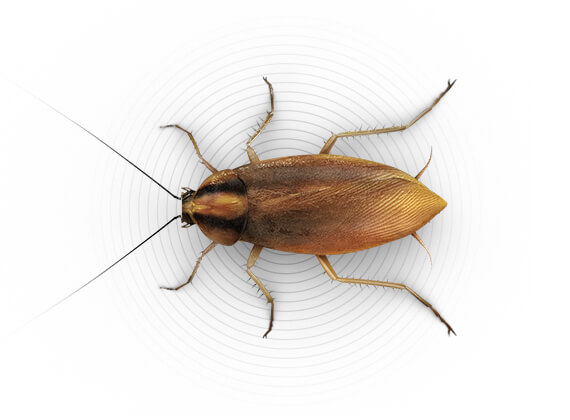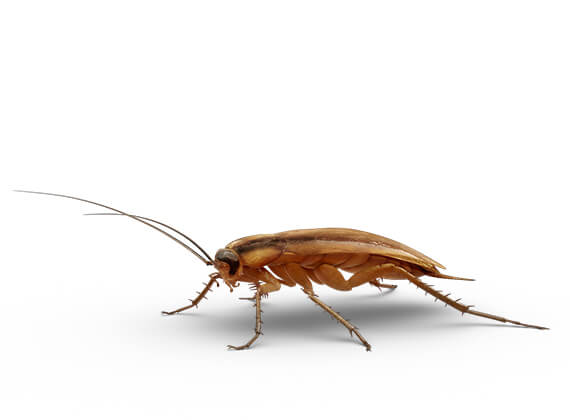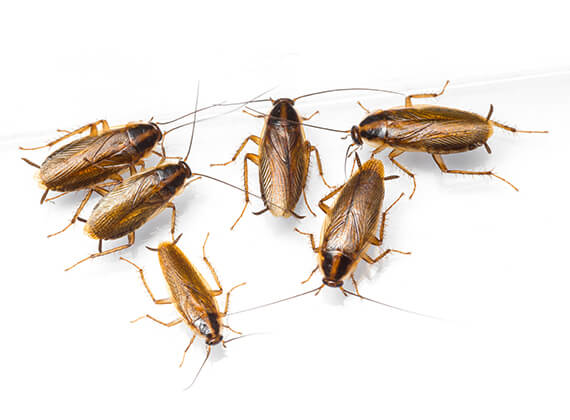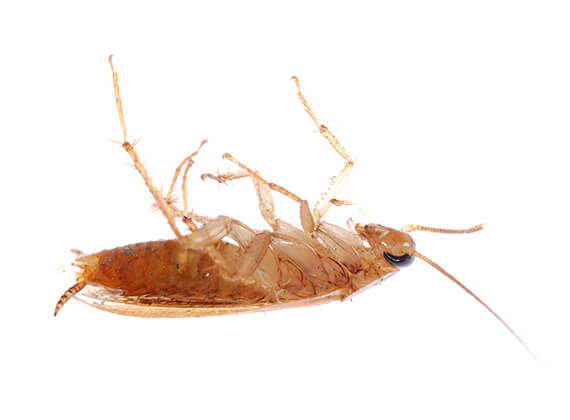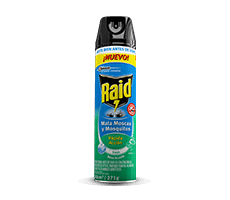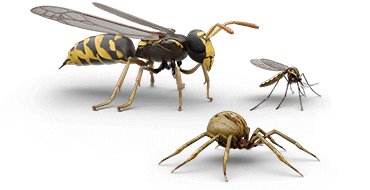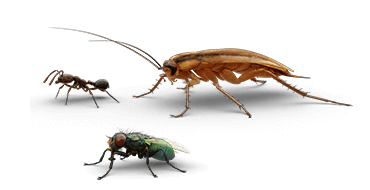Small Roaches
Blattella germanica
-

SIZE
1/8in to 1/2in long
-

COLOR
-

BITE OR STING
No
-

WINGS
No
COMMONLY MISTAKEN FOR
General Information
In addition to being unpleasant and unwanted guests in the home, small roaches can spread harmful bacteria and cause allergies and asthma in children. Effective roach control starts with making your home unappetizing for these pesky creatures by removing all available food sources. Learn more about roaches below and find tips to help get rid of small roaches.
Small cockroaches include different species that are commonly known as German cockroaches, Asian cockroaches, brown-banded cockroaches and the Pennsylvania wood cockroaches.
Small cockroaches are 1/4” to 1/2” long and generally hide in the daytime.
After dark, cockroaches come out to mate and forage for food.
Roaches are notoriously difficult to control because they reproduce so quickly. In fact, one German roach can lay 40 eggs at a time.
Details
Small roaches often live indoors, usually invading the kitchen, pantry, and bathroom.
They like to hide in cracks, crevices, or other protected areas that are suitably warm and humid during the daytime hours.
These roaches are searching for food, water, and warmth.
Small roaches will feed on almost anything, but are especially attracted to foods that have sugar, starch, or grease.
Some small cockroaches can pick up, carry and spread harmful bacteria, such as Salmonella, to other surfaces that they walk across.
They deposit their feces in cupboards, sinks, and on countertops.
Small roaches are a source of allergies and asthma in children. To help decrease this impact, be sure to sweep up and remove dead cockroaches and their feces.
ELIMINATE THINGS THAT ATTRACT COCKROACHES
Remove food spills and exposed food quickly, especially near appliances.
Store food in sealed, air-tight containers.
Keep your sink free of dirty dishes.
Remove garbage regularly and tie the bag tightly.
Toss out old boxes and newspapers that serve as good hiding places for roaches.
Clean refrigerators, ovens, microwaves, and toasters regularly. And don’t forget to vacuum under and behind these appliances to remove stray food particles.
Keep food out of bedrooms and living rooms.
Keep storage areas dry as these pests are attracted to moisture.
SEAL POINTS OF ACCESS TO HELP KEEP SMALL ROACHES OUT
Caulk cracks and crevices where small roaches can hide.
Seal areas where they can enter your home from neighboring units.
AVOID COMMON SMALL ROACH CONTROL MISTAKES
Do not place cockroach baits or gels on areas that have been sprayed with an aerosol or liquid insecticide. This is important because roaches traveling over sprayed areas will die before they have a chance to bring the bait back to the nest.
Do not spray the bait with an aerosol or liquid insecticide or the cockroaches will not eat the bait.
Be sure to remove competing food and water sources when using roach baits or gels, so the roaches are forced to eat the bait.
Replace cockroach baits as instructed on the label or when they are completely eaten.
Enhance small roach control by placing more baits and positioning them closer to where the roaches hide during the day.
